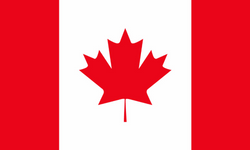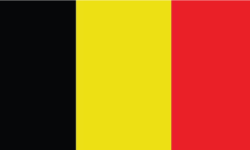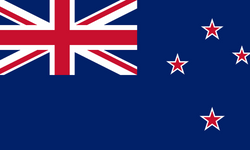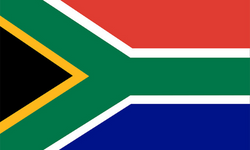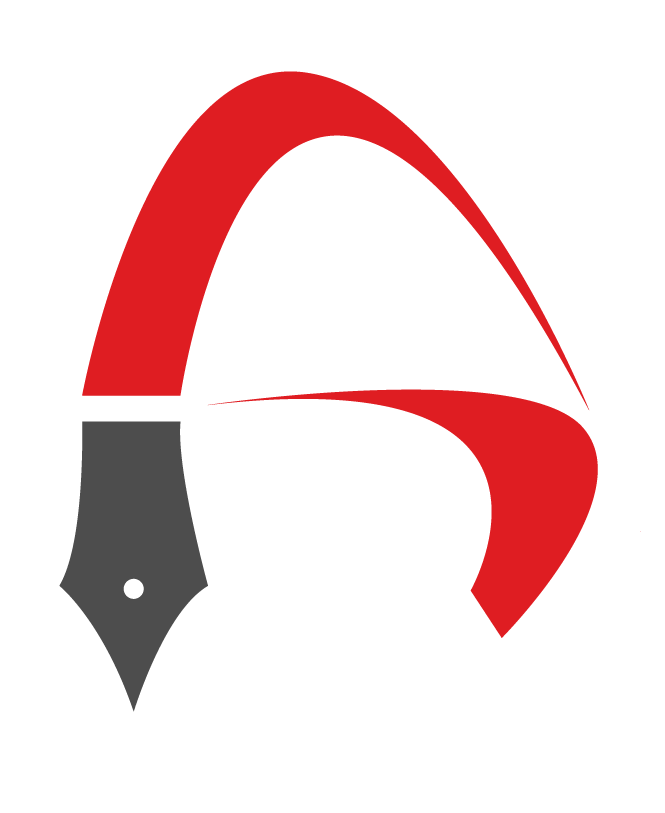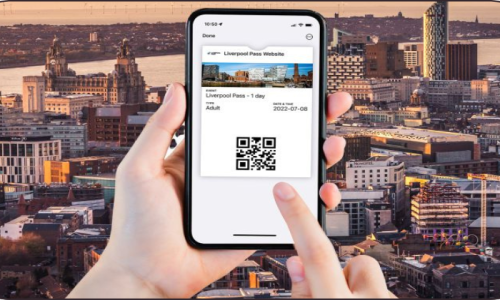Besides water, coffee is the most consumed beverage in the world. That makes the coffee maker one of the most common appliances in the kitchen and even in office pantries. Coffee drinking is almost as old as civilization, yet most of us have never thought about how ancient people prepared their coffees and what making devices did they use.
FOR COFFEE LOVERS, the day doesn't just begin with a good, hot cup of coffee, it seems almost impossible without it. It's not only the dose of caffeine that does the trick, although that does help. It's also the ritual that surrounds it, the smell, the sound, even the wait are all a part of how coffee gets the day started right.
Every coffee lover has their favorite method of brewing, and it's easy to feel lost without it on the go. To keep you from the depths of gas station coffee distress—or, worse, the complete absence of coffee—we've rounded up some of our favorite ways to brew coffee while traveling. Some of these options are also great for people who aren't working from home, since office kitchens are likely closed.
Most Common Types of Coffee Makers
If you are a coffee lover so you have to know about the different and most common types of Coffee Makers.
Drip Coffee Makers

1. Pour-Over Coffee Makers
Traditional pour-over coffee makers like the Hario V60 and the Kalita Wave are designed to sit right over your coffee cup. Boiling water is poured onto medium coffee grounds that sit inside a paper filter, and the resulting concentrate filters through.
2. Auto-Drip Coffee Maker
This type of coffee maker is about as hands-off as you're going to get when it comes to your daily brew. Just add your water and grounds, and let the machine take care of the rest. Using a similar method of brewing coffee as a percolator, drip coffee makers use steam from boiling water to steep coffee grounds. The only difference is that the coffee concentrates filters down into a coffee carafe, which results in a smoother coffee that's not bitter or overcooked.
So, if you're looking to make better tasting coffee in large batches, skip the percolator and opt for an auto-drip coffee maker. They're affordable, can brew multiple cups at a time, and newer models even offer programmable features like timed-brewing and automatic shutoff.
3. Stovetop and Electric Percolators
Coffee percolators have been mainstays in the brewing process dating as far back as the late 19th century. Percolating is a cyclic process where the boiling water evaporates up a filtered chamber where the coarse coffee grounds rest. For stovetop percolators, the process ends when it's removed from the gas, while electric models automatically shut off when the pot has reached a certain temperature.

Unlike other methods like the Aero Press and Chemex, which offer flavorful, nuanced cups of coffee, percolators have an inconsistent brewing process largely in part by how they're built. As a result, they're best suited for when you need to make large batches of coffee — most percolators on the market make anywhere from six to 12 cups of coffee.
4. Cold Brew Coffee Maker
If you love a coffee that's low in acidity, a cold brew coffee maker may be the one for you. Made by steeping coarse coffee grounds with room temperature water for anywhere from several hours to overnight, cold-brewed coffee has taken the coffee world by storm. And, it's not just a popular order in coffee shops; you'll find canned versions of this smooth brew sold in grocery stores.
However, if you want to save on your daily coffee routine, then learning how to make your own cold brew at home is the way to go. The resulting concentrate is not only stronger than other hot-brewed coffee methods, but its flavor doesn't change, allowing it to last in the fridge for up to two weeks.
Cuddled beneath a blanket, with a crackling fire casting shadows on the wall and the gentle hum of efficient heating systems warming the room, a steaming cup of coffee becomes more than just a drink; it's a cozy haven, a whispered promise of comfort and joy.






